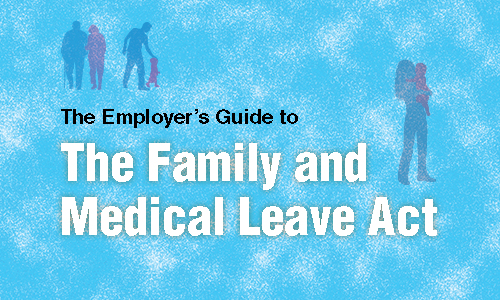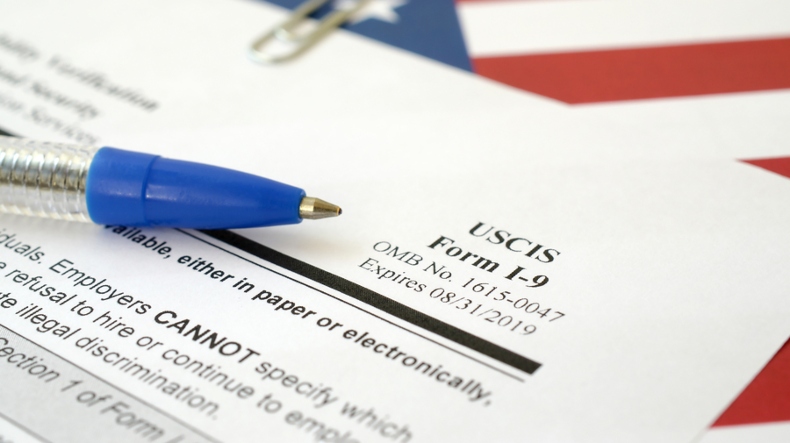The Family and Medical Leave Act (FMLA) provides eligible employees up to 12 workweeks of unpaid leave a year, and requires group health benefits to be maintained during the leave as if employees continued to work instead of taking leave. An employee who is exempt from minimum wage and overtime requirements of the Fair Labor Standards Act (FLSA) as a salaried executive, administrative, professional, or computer employee does not lose the FLSA exemption by receiving unpaid FMLA time. So, how do employers comply with the salary rules under the FLSA and the time off rules under the FMLA?
The employer may make deductions from the employee’s salary for any hours taken as intermittent or reduced schedule FMLA leave within a workweek without affecting the exempt status of the employee. This special exception to the salary basis requirements of the FLSA applies only to employees of covered employers who are eligible for FMLA leave. Hourly deductions from salary are permissible as long as the employer is covered by FMLA (50 or more employees) or where the employee has not worked long enough to be eligible for FMLA leave. The employer may pay a proportionate part of the full salary for the time actually worked. For example, if an exempt employee who normally works 40 hours per week uses four hours of unpaid leave under the FMLA, the employer may deduct 10 percent of the exempt employee’s normal salary for that week.
Example of pro-rated salary: An exempt employee has an annual salary of $50,000 per year and is expected to work 40 hours per week. If the employee only works three days per week (and 2 days off for intermittent FMLA leave). The prorated salary for the week is $50,000/2,080 hours = $24.04 per hour x 24 hours worked for the week = $576.92 in pro-rated salary. The normal weekly salary would be $961.53 (50,000/52 weeks).
The fact that an employer provides FMLA leave, whether paid or unpaid, and maintains records required by this part regarding FMLA leave, will not be relevant to the determination whether an employee is exempt within the meaning of 29 CFR part 541.









